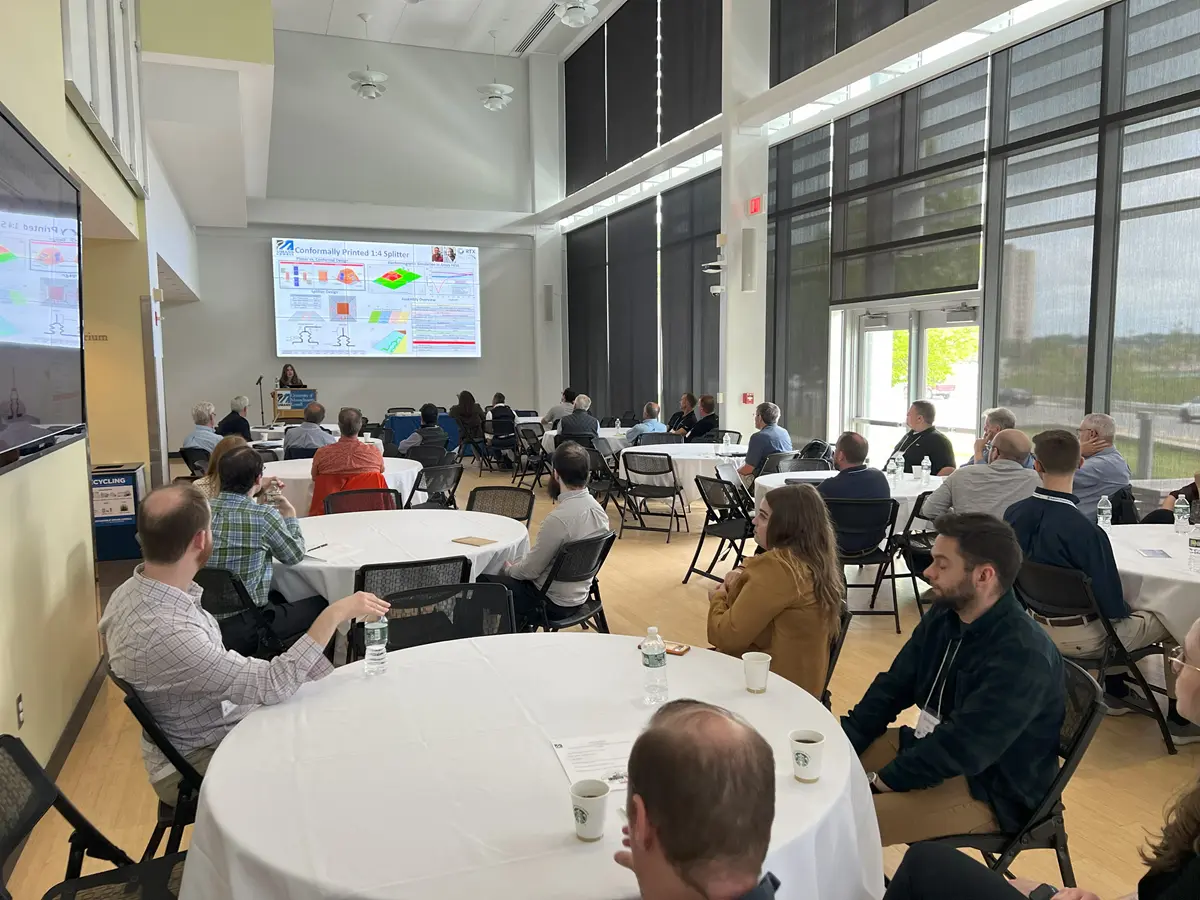Membership Details
Membership in the growing Printed Electronics Research Collaborative (PERC) community provides unique benefits to both large and small companies. These benefits include free admission to the annual PERC symposium, priority notice for collaborative research funding opportunities, access to exclusive seminars, opportunities to have visibility within the PERC network and access to current and graduating students at PERC.
As a PERC member, you will have the opportunity to collaborate with our interdisciplinary faculty team. Collaborative research projects could be in the form of company-sponsored research that targets your specific company needs. Collaborative research can also take the form of a partnership on a government-funded project. Our experience with the U.S. Manufacturing Innovation Institutes (e.g., NextFlex, America Makes) and Department of Defense (DoD) agencies provides value to companies that wish to pursue government funding. UML will prioritize the inclusion of PERC members on team formation in pursuit of government funding.
The extensive UMass Lowell (UML) equipment and design infrastructure, as found on our Facilities and Capabilities page, as well as the expertise of our faculty and staff, provides leverage in your development of printed electronics. In addition, working with our staff and students on your projects provides a pipeline to future employees.
PERC Members
- Analog Devices
- Ansys
- BAE Systems
- Creative Materials
- Eaton
- Remtec
- Nano Dimension
- Mercury Systems
- Raytheon Technologies
- SI2 Technologies, an ARA Company
- RaGE Systems
- TTM
- Applied Nanotech Inc.
- Flexcon

